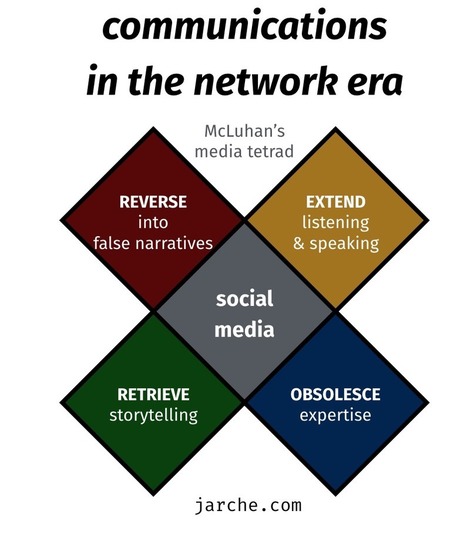Hossein Derakhsahn states that with social media platforms like Facebook, “The very idea of knowledge itself is in danger”. He goes on to describe how the web started as a text-based medium but has flipped into a new form of broadcast television.
“Social networks, though, have since colonized the web for television’s values. From Facebook to Instagram, the medium refocuses our attention on videos and images, rewarding emotional appeals—‘like’ buttons—over rational ones. Instead of a quest for knowledge, it engages us in an endless zest for instant approval from an audience, for which we are constantly but unconsciouly performing. (It’s telling that, while Google began life as a PhD thesis, Facebook started as a tool to judge classmates’ appearances.) It reduces our curiosity by showing us exactly what we already want and think, based on our profiles and preferences. Enlightenment’s motto of ‘Dare to know’ has become ‘Dare not to care to know.’”
Via Miloš Bajčetić



 Your new post is loading...
Your new post is loading...














